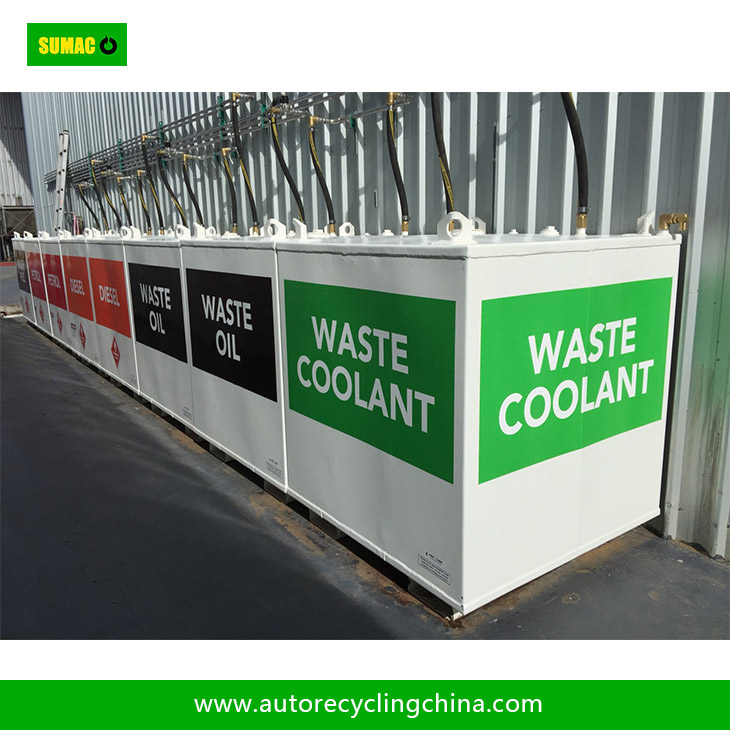When troubleshooting a faulty diesel fuel tank level gauge, follow this systematic approach to identify and resolve issues efficiently:
1. Visual Inspection
Start with a physical check of the gauge and tank components:
- Wiring & Connections: Inspect for loose, corroded, or damaged wires at the gauge, sender unit, and power source. Tighten connections or replace frayed wires.
- Float & Arm: If accessible, check the float (a buoyant device attached to an arm) for damage, debris, or sticking. A cracked float may sink, causing inaccurate readings.
- Tank Interior: Look for sediment buildup or corrosion on the sender unit’s resistor strip, which can disrupt the electrical signal.
2. Power Supply Test
Ensure the gauge is receiving power:
- Voltage Check: Use a multimeter to test for voltage at the gauge’s power terminal (typically 12V DC for automotive systems). If no voltage is detected, trace the circuit back to the fuse or relay and replace any faulty components.
- Ground Connection: Verify the ground wire is securely attached and free of corrosion. A poor ground can cause erratic readings.
3. Resistance Measurement
Test the sender unit’s resistance:
- Disconnect the Sender: Unplug the wire from the sender unit inside the tank.
- Measure Resistance: Use a multimeter to check resistance across the sender’s terminals. Compare readings to the manufacturer’s specifications (e.g., 0 - 90 ohms for a full - to - empty tank). A constant resistance value indicates a faulty sender.
- Float Movement: Manually move the float through its range (from empty to full) while monitoring resistance changes. A smooth, continuous change indicates proper function; abrupt jumps or no change signal a damaged sender.
4. Gauge Functionality Test
Isolate the gauge from the sender:
- Simulate Resistance: Connect a variable resistor (potentiometer) or a fixed resistor (e.g., 50 ohms) in place of the sender. Adjust the resistance or use the fixed value to mimic fuel levels.
- Observe Gauge Response: A working gauge should move smoothly as resistance changes. If the gauge fails to respond or reads incorrectly, replace the gauge.
5. Sensor Cleaning or Replacement
Address common sender unit issues:
- Clean the Resistor Strip: If sediment or corrosion is detected on the sender’s resistor strip, carefully clean it with electrical contact cleaner and a soft brush.
- Replace the Float: If the float is damaged, replace it. For severe corrosion or internal damage to the sender, install a new unit.
6. Check for Interference
Electrical interference can mimic gauge failures:
- Shielded Wiring: Ensure the sender’s wire is shielded and routed away from high - voltage components (e.g., alternators, motors) to prevent electromagnetic interference.
- Grounding Issues: Verify the tank is properly grounded to prevent static buildup, which can disrupt signals.
7. Calibration & Final Checks
- Recalibrate the Gauge: Some gauges require calibration after repairs. Follow the manufacturer’s instructions to set the correct full/empty points.
-
Refill and Monitor: Fill the tank and observe the gauge’s response. If the issue persists, recheck all steps or consult a professional for advanced diagnostics.

